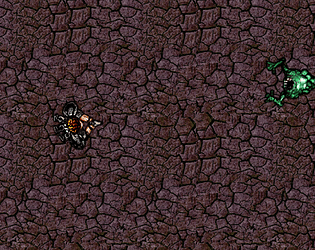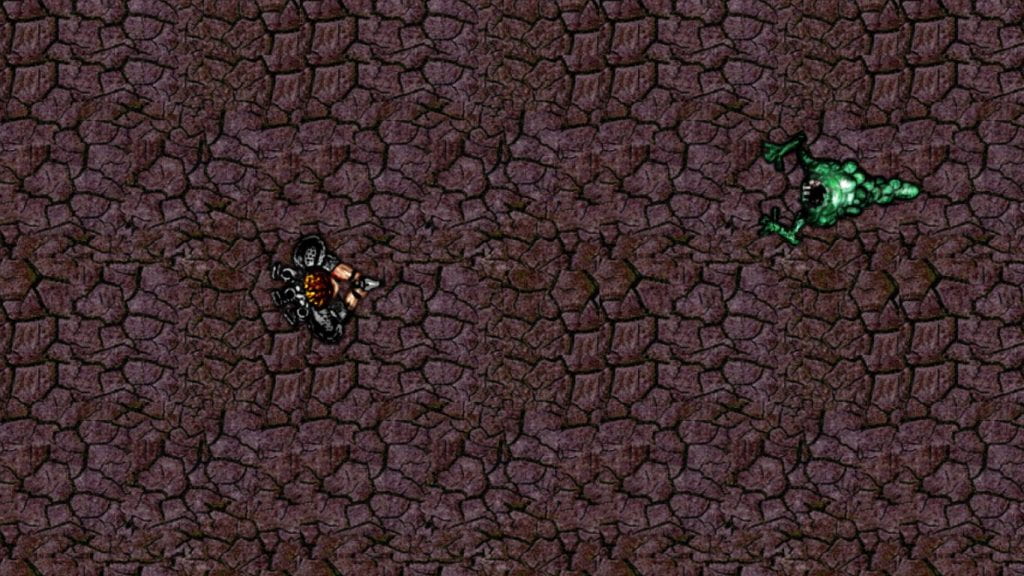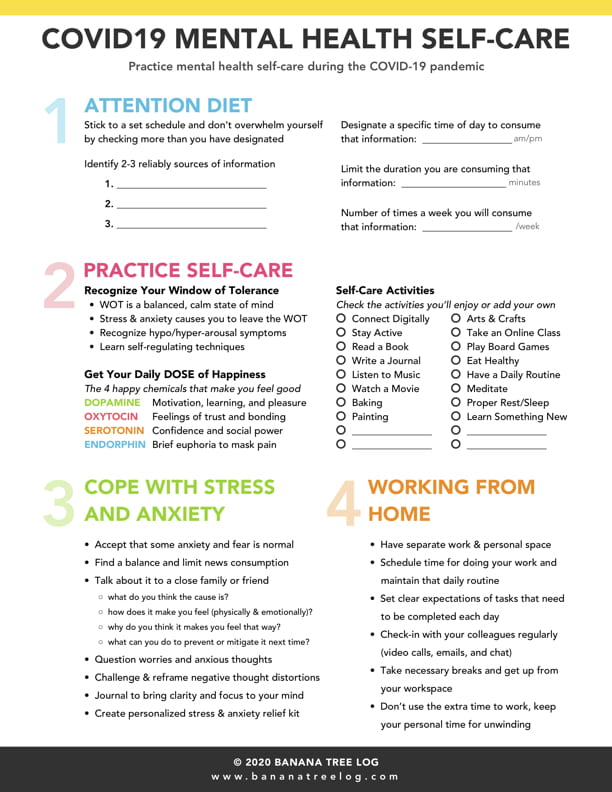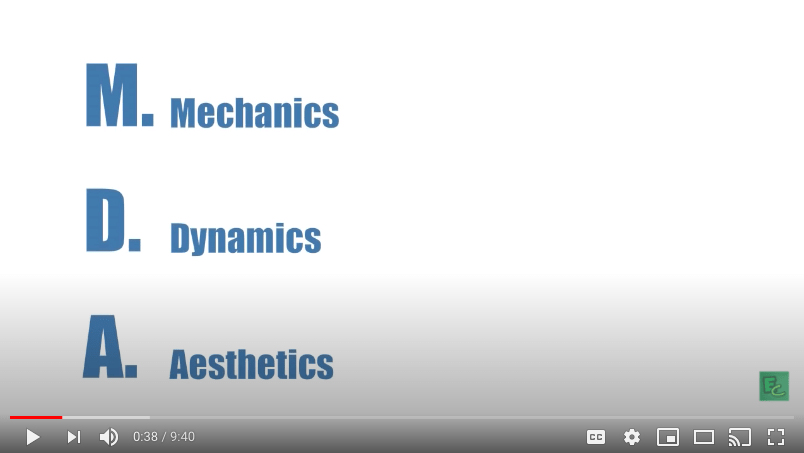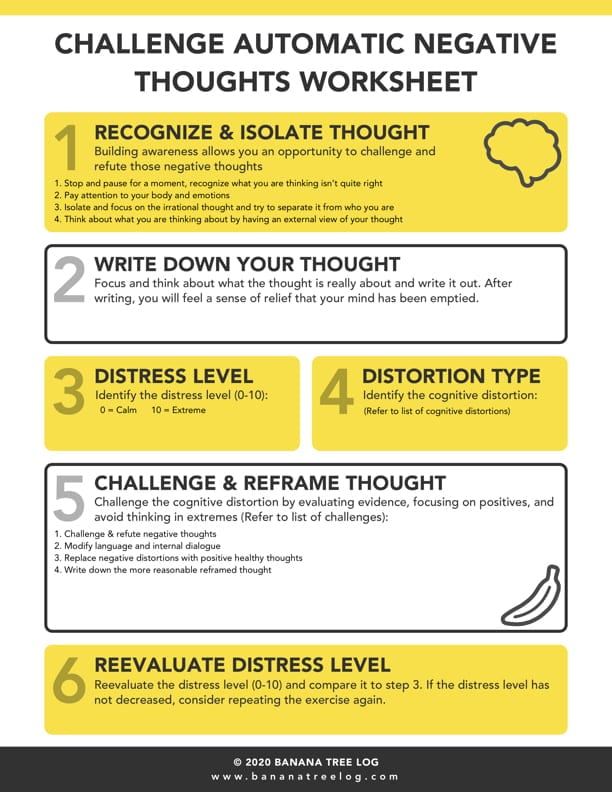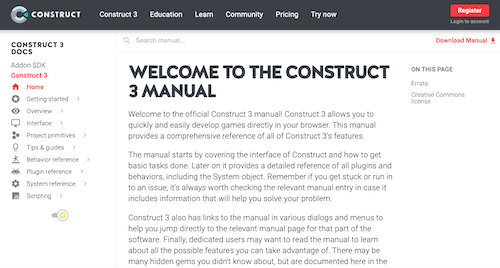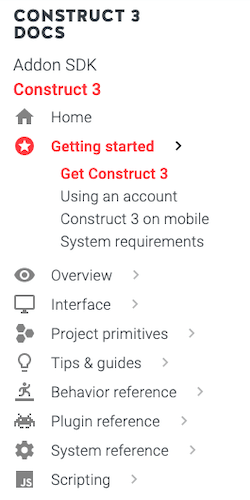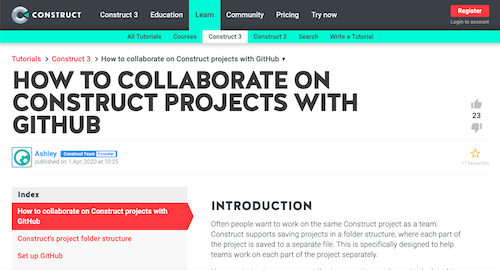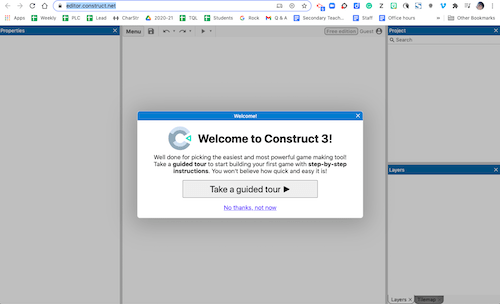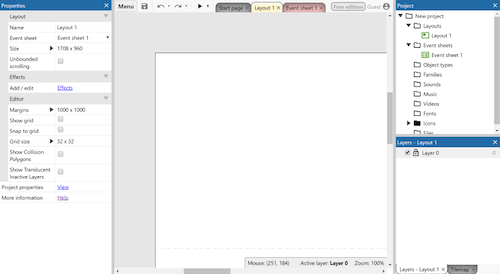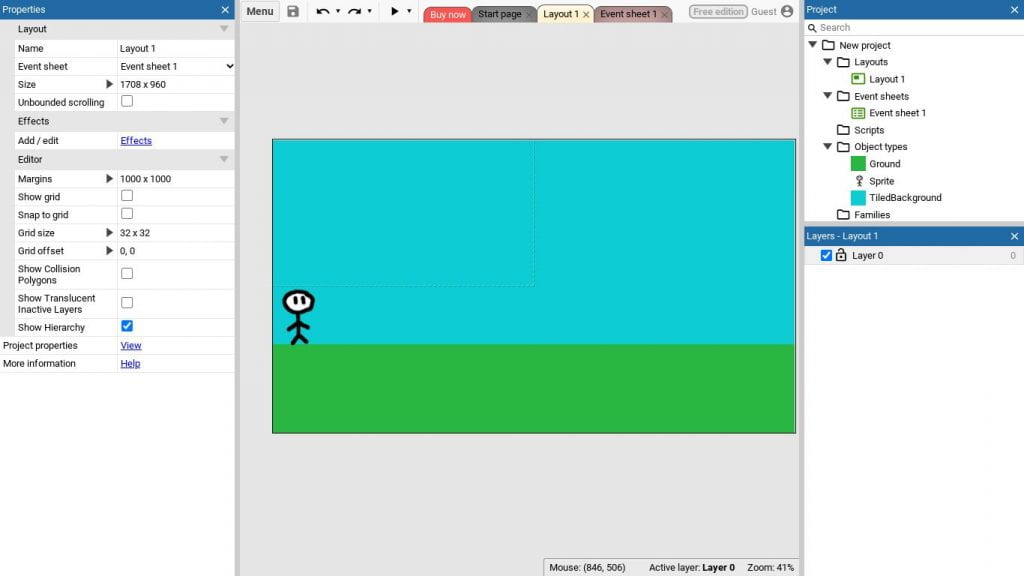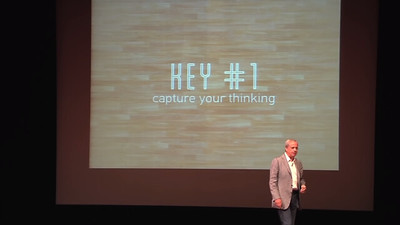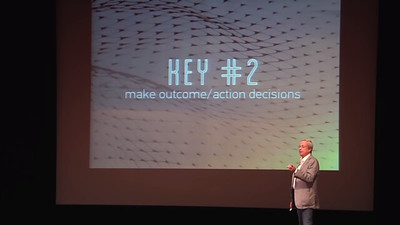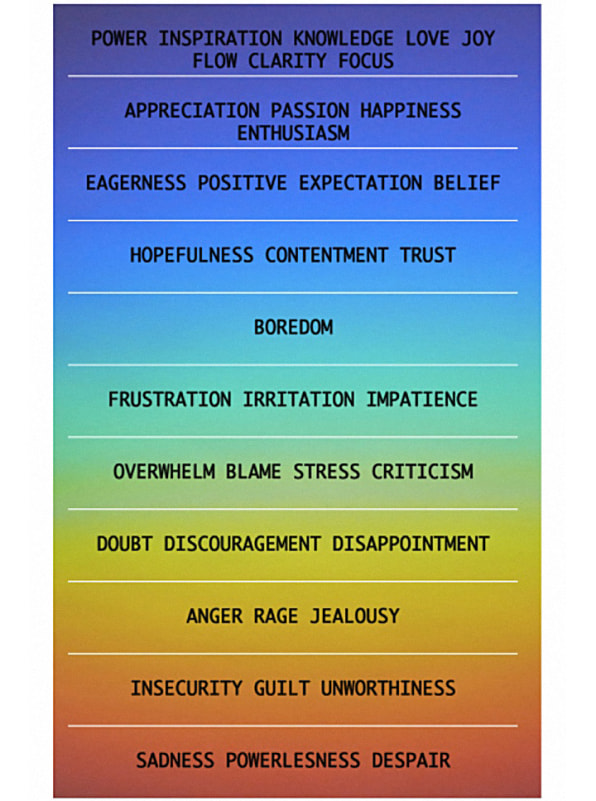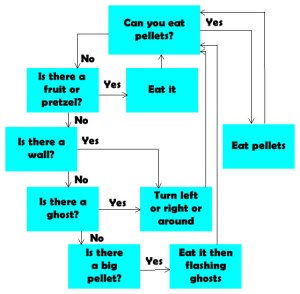| Formal Elements | |
| The Basics | NOTES |
| Name of the game: | Overwatch |
| The platform: | I play from Ps4 but its on xbox,and pc |
| Time played (should be at least 30 minutes): | 30 minutes. |
If you could work on this game (change it), what would you change and why?
| Well this game is still being worked on as i type this but i would fix the skill base match making. |
| Players | NOTES |
How many players are supported?
Does it need to be an exact number?
How does this affect play?
Some types of player frameworks:
Single Player – like Solitare.
Head-to-head – 1 vs. 1, Chess.
PvE – Player vs. Environment, or multiple players vs. the game. Common in MMOs like World of Warcraft.
One against Many – Single player vs. multiple (obvy).
Free-for-all – Every man for himself (1 vs. 1 vs. 1 vs. 1..). Most common for multiplayer games, from Monopoly to Modern Warfare.
Individuals Against the System – Like Blackjack, where the Dealer is playing against multiple players, but those players have no effect on each other.
Team Competition – Multiple vs. multiple, i.e. sports.
Predator-prey – Players form a circle and everyone’s goal is to attack the player on their left and defend themselves from the player on their right.
Five-pointed Star – Eliminate both players who are not on either side of you. | The max amount of players are 12 with a 6 vs 6 teams.No i does not need to be an exact number.The affect plays pretty well.It is a team composition. |
| Objectives/Goals | NOTES |
What are the players trying to do?
Some common objectives include:
Capture/Destroy – Eliminate all your opponents pieces (Chess).
Territorial Acquisition – Control as much territory as you can, not necessarily harming other players (RISK).
Collection – Collect a certain number of objects throughout the game (Pokemon).
Solve – Solve a puzzle or crime (Clue).
Chase/race/escape – Anything where you are running towards or away from something (playground game Tag).
Spatial Alignment – Anything involving the positioning of elements (Tetris or Tic-Tac-Toe or that game at Cracker Barrel).
Build – Advance your characters or build your resources to a certain point (The Sims).
Negation of another goal – The game ends if you perform an act that is forbidden by the rules (Jenga or Twister). | The players are either trying to capture the point or escorting an important supplies that need to be at the destination while defending off the enemy team. |
| Rules/Mechanics | NOTES |
There are three categories of (what the book Rules of Play calls) operational rules:
Setup – the things you do at the beginning of a game.
Progression of Play – what happens during the game.
Resolution – How an outcome is determined based on the game state. | |
| Controls | NOTES |
What controls are used?
Was there a clear introductory tutorial?
Were they easy to understand or did you find yourself spamming the controller?
This section is mainly relevant to videogames. | There is movement and character special ability.There is a tutorial on the basics. Okay so when i started to play i kinda spammed the controller but i dont anymore. |
| Resources & Resource Management | NOTES |
A resource is everything under the control of a single player. Could be the money in Monopoly or health in WoW.
Other examples are:
Territory in RISK
The number of questions remaining in 20 Questions
Objects picked up during videogames (guns, health packs, etc.)
Time (game time, real time, or both)
Known information (like suspects in Clue)
What kinds of resources do players control?
How are they maintained during play?
What is their role? | The resource the player controls in the health in the bottom left hand corner and the objective distance from endpoint.There are also roles you gotta take which are DPS,Support,and Tanks/Defense. These are maintained if you either take damage from the enemy team and escorting the supplies to the target and the three roles need two people each to contribute for the team making it balanced and more cooperative for the team.All these roles is to maintain a balance and a purpose to help the game. |
| Game State | NOTES |
| The snapshot of the game at a single point is the game state. The resources you have, the un-owned properties in Monopoly, your opponent’s Archery skill all count towards the game state. More relevant to videogames, but good to think about in general. | |
| Information | NOTES |
How much informaton in the game state is visible to the player?
Some example information structures are:
Total Information – Nothing is hidden, like Chess.
Info per player – Your hand of cards is only visible to you.
One player has priviledged info – Like a Dungeon Master.
Game hides info from all players – Like Clue, where no one knows the victory condition.
Fog of War – In video games, where certain sections of the map are concealed if you do not have a unit in sight range of that area. You also cannot see other players screens, so each player is unaware of the other’s information. | Total information is in the game which explains the basics of what you gotta know,for an example the special abilitys and passive are explained if you hold left on the D pad of the controller and gives a rating of the hero from 1 star to three. |
| Sequencing | NOTES |
In what order do players take their actions?
How does play flow from one action to another?
Some structures include:
Turn-based – Standard board game technique.
Turn-based with simulatneous play – where everyone takes their turn at the same time (like writing something down, or putting a card down in War).
Real-time – Actions happen as fast as players can make them. Action based video games.
Turn-based and time limits – You have this long to take your turn. | Its more of a Real-time actions. |
| Player Interaction | NOTES |
Some examples:
Direct Conflict – I attack you.
Negotiation – If you support me here, I’ll help you there.
Trading – I’ll give you this for that.
Information Sharing – If you go there, I’m warning you, a trap will go off. | This game is more of like a Direct Conflict. |
| Theme & Narrative | NOTES |
Does it have an actual story structure?
Is it based on an historical event (or similar)?
Does the theme or narrative help you know how to play?
Does it have emotional impacts?
Also look for en media res (does it start in the middle of the game)? | In Overwatch 2 there will be but for the current one it doesn’t. The theme actually helps understand each character. |
| The Elements in Motion | NOTES |
How do the different elements interact?
What is the gameplay like?
Is it effective?
Are there any points where the design choices break down? | The game play can be really clean depending on what system you have for me its clear. |
| Design Critique | NOTES |
Why did the designer make these particular choices?
Why this set of resources?
What if they made different decisions?
Does the design break down at any point? | The designer makes these particular choices to express the character. |
| Graphics & Sound | NOTES |
Does the game art pair well with the mechanics?
Did you find any bugs or glitches?
What about sound?
Can you spot any technical shortcuts? | The game art pair well with the mechanics and i found some bugs that are very minor but its not that bad.The sound is well made and perfectly timed. |
| Various Stages of the Game | NOTES |
| To wrap up, some things to keep in mind (as if there aren’t enough already) as you play: | |
| What challenges do you face, and how do you overcome them? | The challenges i face are competing with the player and predicting what their gonna do. |
| Is the game fair? | The game is equal fair but at the same time if your not good you will get bested by the enemy team. |
| Is it replayable? Are there multiple paths to victory or optional rules that can change the experience? | This game can be replayed as many times as it wants and there are tons of path to victory or winning you just gotta communicate and think. |
| What is the intended audience? | The intended audience is for everyone to play nothing bad. |
| What is the core, the one thing you do over and over, and is it fun? | The one thing i do over and over is play with my friends on my ps4 and get wins with them which is very fun to do. |
